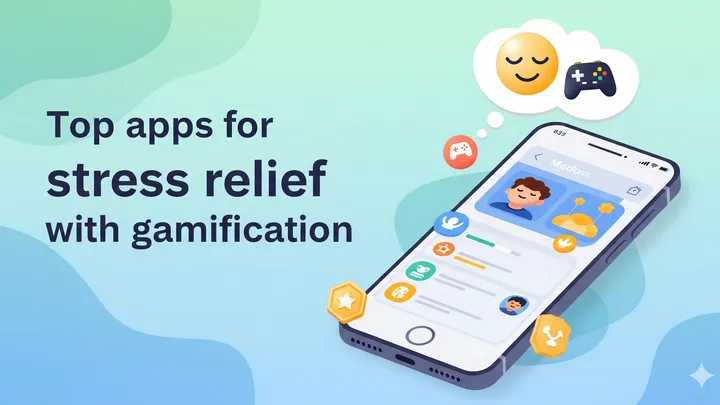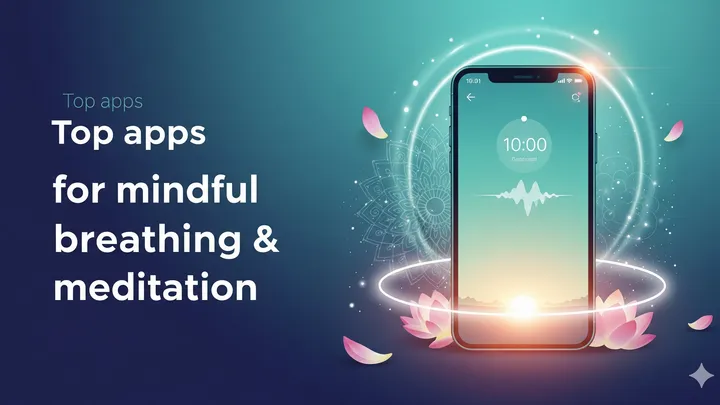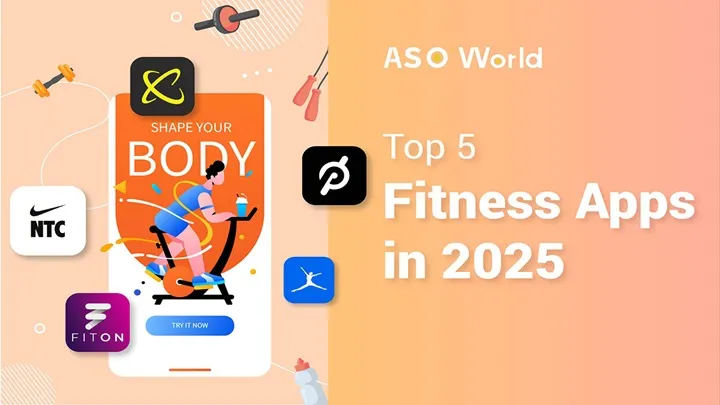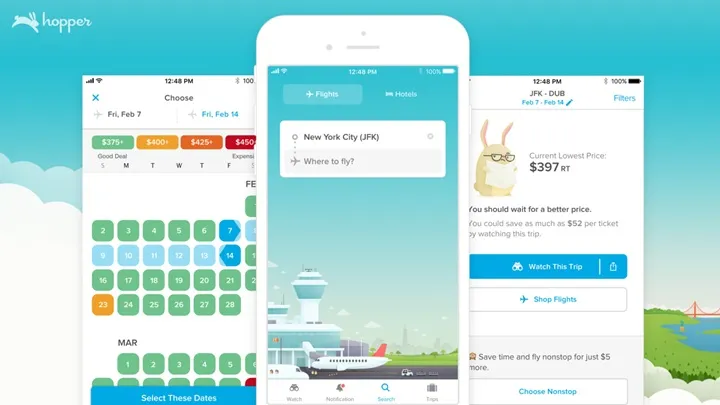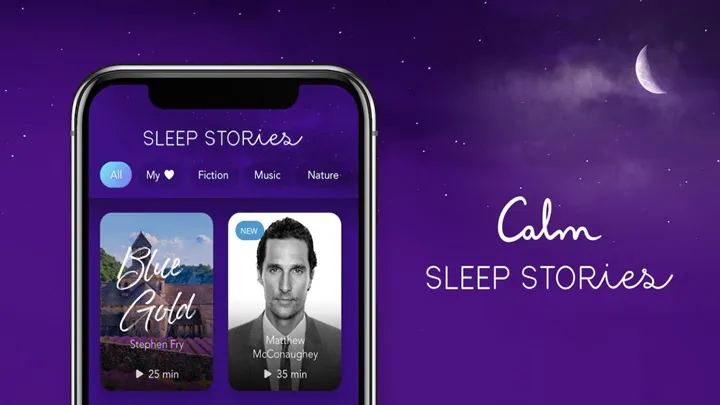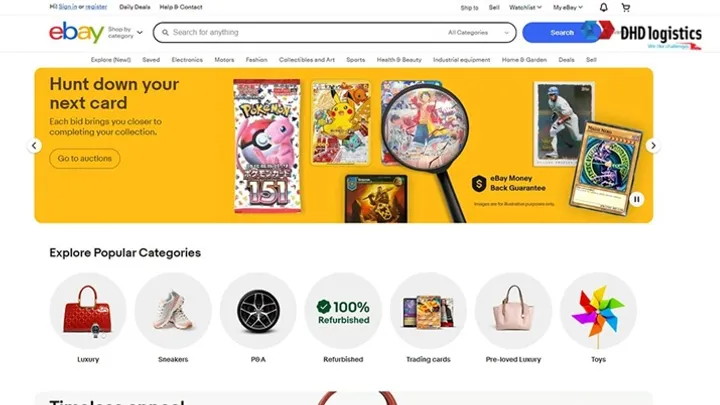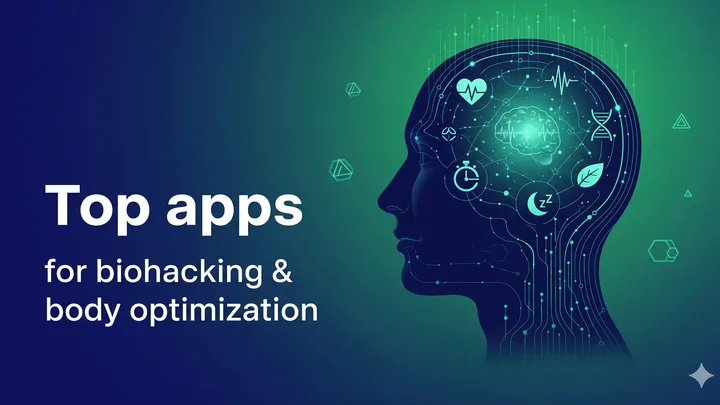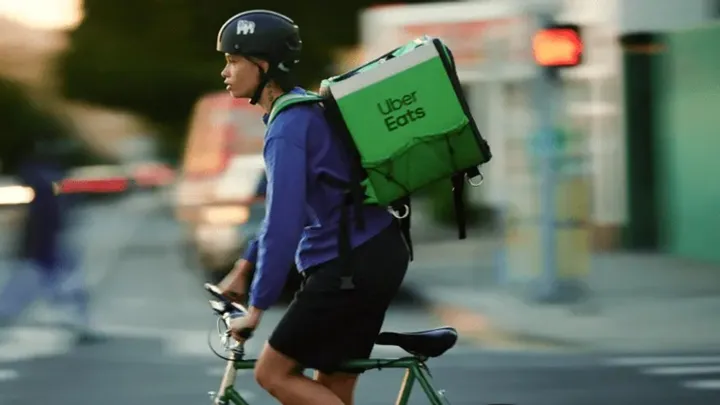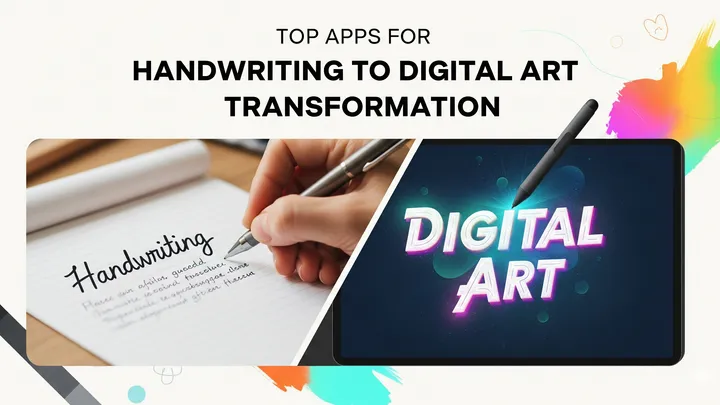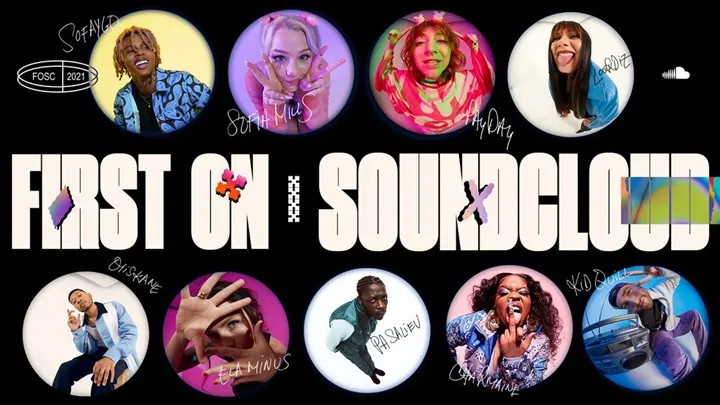Introduction
NBA 2K24 arrives as another technically impressive installment in a franchise that has defined basketball simulation for decades. The visuals, player animations, and presentation continue to push the genre forward. But beneath the polish, one systemic design choice shapes almost every player decision: the Virtual Currency economy, commonly called VC. For many players this economy is not a neutral backend; it is the central loop that dictates progression speed, cosmetic appearance, competitive viability, and even social standing in The City. This article takes a focused, in-depth look at the VC problem — how it appears in the first hours, how it compounds into mid- and late-game walls, the psychological and community effects, developer incentives, and what realistic changes could rebalance the system. Each section follows a stage in the player experience or an angle on the problem so you can follow how VC moves from annoyance to structural obstacle.
First hours The initial impression and early frustration
When most players log into NBA 2K24 for the first time they are excited to craft a MyPlayer, choose a build, and jump into the action. The tutorial and first few games deliver small amounts of VC, a handful of cosmetics, and a taste of the different modes. That initial generosity lulls many players into a false sense of progress — it feels possible to get your player off the ground with time and dedication.
Reality sets in quickly. Attribute upgrades, badges, and even basic animations require far more VC than those opening sessions suggest. A single attribute increase can cost thousands of VC; cosmetic items and popular shoes can eat even more. Newcomers feel a mismatch: the game promises personalization and progression, yet the early economy makes those promises expensive in time if you refuse to spend money.
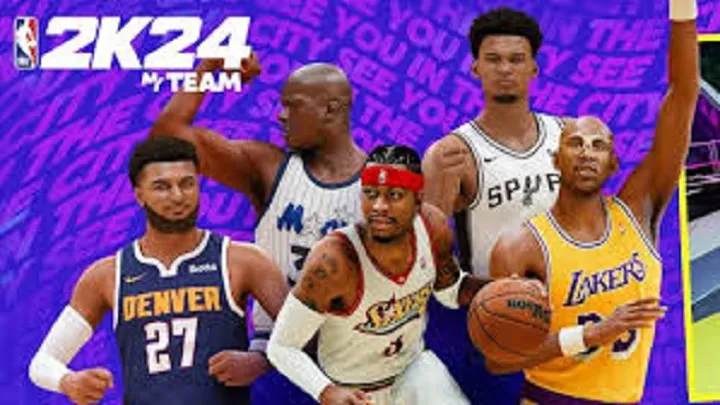
Understanding the system Where VC comes from and where it goes
Subsection Where VC is earned
Players earn VC through a mix of game modes and activities:
• MyCareer games (team play yields modest VC)
• The Neighborhood / The City events and daily rewards
• Playing in MyTeam and participating in challenges
• Daily login bonuses and timed seasonal objectives
Subsection Where VC is spent
VC drains into almost every attractive area:
• MyPlayer attribute upgrades and badges
• Cosmetic items and animations used to express identity in The City
• MyTeam packs, contracts, and consumables
• Certain gameplay conveniences or limited-time offers
This tight coupling — VC both as reward and as the price of virtually everything desirable — produces an economy where money or grinding time becomes the primary gating factor rather than user skill or enjoyment.
Midgame The progression wall and the badge trap
After the newness wears off, many players encounter a recurring structural problem: the progression wall. Around the point where you want to compete seriously in The City or in high-rank MyTeam arenas, your MyPlayer's base stats are too low to perform reliably. Badges — which dramatically change how abilities behave — require both in-game performance and heavy VC to optimize.
Players discover that skill alone isn't enough to bridge the gap; badges require repeated gameplay to upgrade, and attributes need VC. The combination turns progression into a two-track grind: you must both play well enough to earn badge export progress and invest thousands of VC to raise the stats that let you execute those badges effectively. This creates a feedback loop where lack of VC reduces performance, and reduced performance slows badge advancement and VC income.
The City and social pressure Cosmetic cost and social currency
The City is a social hub where appearance equals status. The problem here is subtle but powerful: cosmetic items and animations, though purely aesthetic, are priced high enough to create social pressure. In a game mode designed for social interactions and mini-events, not looking the part can be stigmatizing for some players, encouraging them to spend VC or real money to "fit in."
This social economy compounds the competitive one. Players are not only spending VC to be mechanically viable but also to broadcast their success. That broadcast creates envy, which fuels spending by others who want to replicate the look, perpetuating a cycle of social spending that has little to do with gameplay satisfaction.
MyTeam The pack economy and the illusion of ownership
MyTeam represents the clearest example of VC functioning as a monetization lever. Packs — randomized card pools — are expensive. The expected value of a single pack rarely justifies its VC cost for the average consumer, but the chance of pulling a top card creates a gambling-like motivation. Players chasing a meta-defining card may spend huge sums of VC (or real money) for the slim chance of owning it.
Even beyond packs, maintaining a competitive MyTeam roster requires constant VC sinks: contracts, consumables, and repeated transfers. This creates a treadmill where a player may build a squad only to face constant upkeep costs that siphon VC away from progression or cosmetics, intensifying the grind.
Psychology The emotional effects of the VC loop
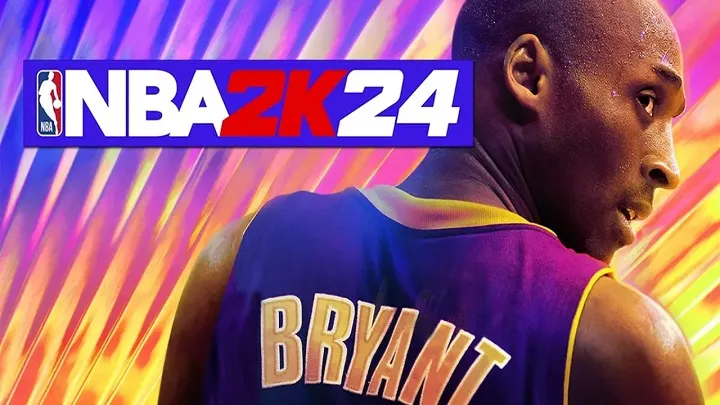
The VC economy alters how players feel about time spent in the game. Progress that should feel rewarding instead feels punitive: small increments of improvement require disproportionate effort or expenditure. Two psychological effects dominate.
First, learned helplessness: players begin to feel that skill matters less than their wallet or time budget. This reduces motivation to improve mechanically — why refine a jumper if an opponent can buy a maxed build in a few transactions?
Second, sunk cost and escalation: once a player invests VC or money, they are more likely to double down to justify the prior cost, even when enjoyment declines. This can lead to burnout and resentment, not long-term engagement.
Community coping Budget builds and social workarounds
Faced with structural VC pressure, communities adapt. Content creators publish budget builds that trade peak stats for efficiency. Players coordinate pick-up games that limit meta moves and enforce rules like “no animation purchases” to level the field. Some communities run "no-spend" challenges to prove skill can still win.
These adaptations help individuals but are stopgaps. They signal player ingenuity, not a systemic solution. The need for these coping strategies highlights the gap between design intent and player expectation.
Developer incentives Why 2K leans into VC-heavy systems
It’s important to acknowledge why VC is so central: it’s profitable. Microtransactions offer recurring revenue, and an economy with many discrete sinks (badges, cosmetics, packs) increases conversion opportunities. Seasonal content, limited-time drops, and celebrity collabs all accelerate spending.
From a business perspective, the model is effective. From a community and design perspective, it risks alienating a base that values sports simulation authenticity over persistent monetization. The tension is structural: quarterly revenue targets rarely align with long-term goodwill.
Comparisons Lessons from other sports titles
Looking outward, other sports franchises balance monetization differently. Some games offer cosmetic-only shops separated from competitive upgrades; others provide robust offline progression to reduce online inequality. Titles that introduced optional battlepass-like systems with clear non-pay competitive paths often maintain healthier communities.
NBA 2K24’s approach — mixing competitive progression with monetized accelerants — makes it more similar to mobile live-service games than a pure sports sim, and that shift reshapes player expectations and tolerance.
Potential fixes Practical changes that would improve fairness
If 2K wanted to rebalance player sentiment without sacrificing revenue, several pragmatic changes would help:
- Improve VC earn rates in early and mid-game to reduce initial walling.
- Decouple core competitive progression (attributes and meaningful badges) from purchasable cosmetics or optional accelerants.
- Introduce earnable, rotating free cosmetic drops that reduce social pressure.
- Offer a transparent “respec” mechanic so players can reallocate points without paywall friction.
- Rework MyTeam pack odds transparency and provide alternate paths to key cards via gameplay-based currency.
These are not revolutionary, but they would rebalance perception by making fair play feasible for those unwilling or unable to spend.
Long-term consequences Reputation, retention, and esports credibility
If the VC economy remains skewed, 2K risks several outcomes: declining retention of casual players who quit after hitting grind walls; erosion of competitive credibility as top tiers are perceived as pay-favored; and reputational damage that transcends a single title. Conversely, measured changes would preserve profitable monetization while sustaining a broader active player pool, a healthier esports scene, and stronger word-of-mouth recommendations.
Conclusion
NBA 2K24 delivers excellence in visual fidelity and simulation detail, but the VC economy shapes the player experience in ways that often feel misaligned with the expectations of a sports simulation audience. What begins as a progression system becomes a structural bottleneck that favors time-rich or money-rich players. The result is not just frustration but a changed relationship between player skill, social status, and monetary investment.
A healthier balance — achieved through modest adjustments to earn rates, tighter separation of cosmetics and competitive power, and improved alternatives to packs — would preserve revenue while restoring the game’s core promise: that skill, teamwork, and strategic play define success more than how much VC someone can spend. Until then, the VC debate will remain NBA 2K24’s defining controversy.








